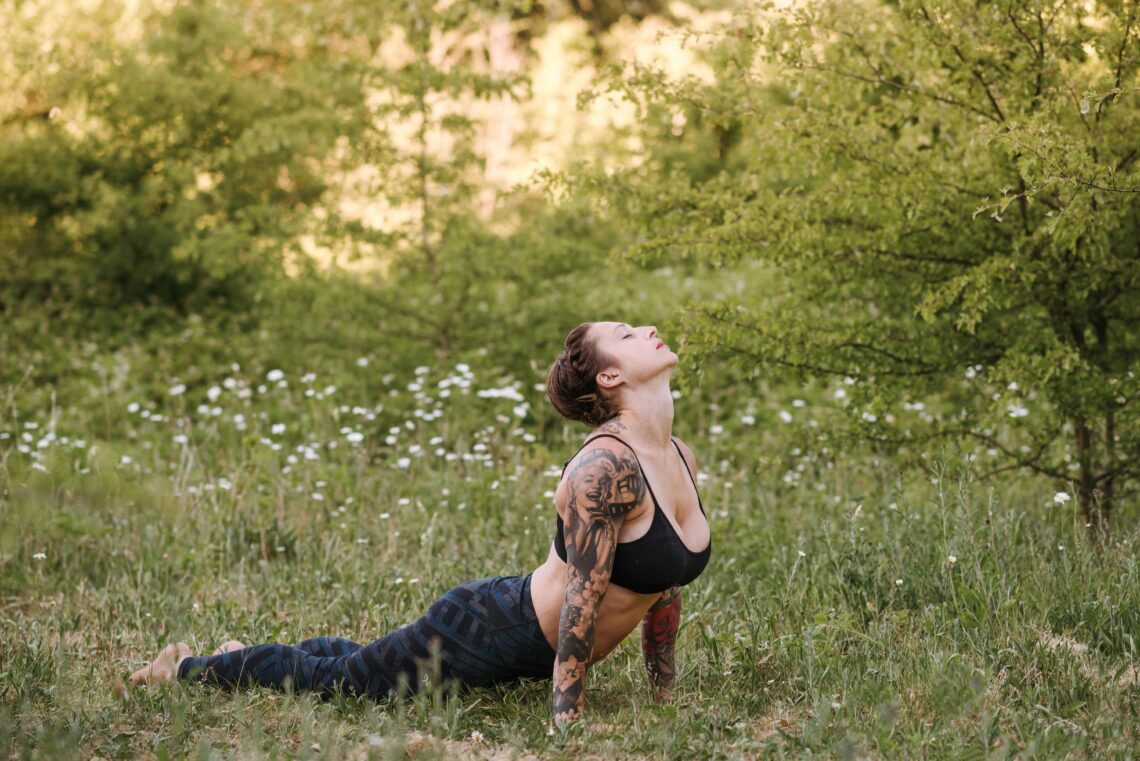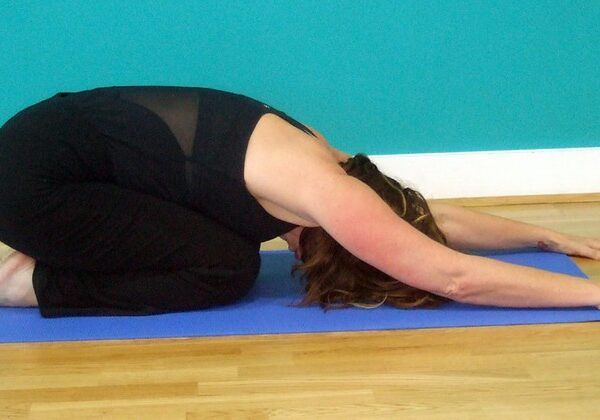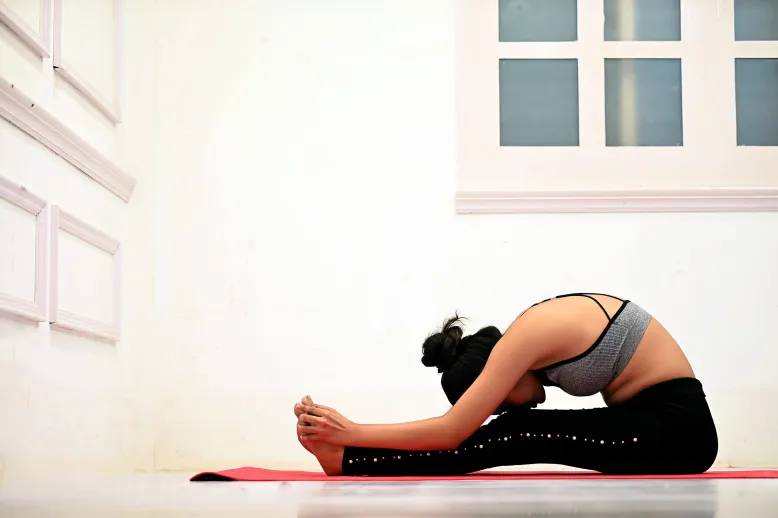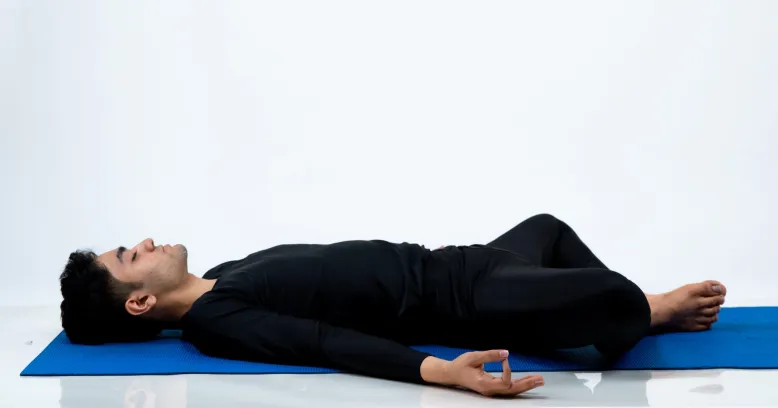In the rich tapestry of yoga asanas, Bhujangasana, or the Cobra Pose, is a testament to the intrinsic link between the human body and the animal realm.
This ancient pose, known for its similarity to a cobra raising its hood, is extremely important in yoga and holistic healing. Bhujangasana, which is rooted in both physical and spiritual traditions, provides practitioners with several health, mental, and spiritual advantages. In this detailed examination, we will dig into the complexities of Bhujangasana, learning about its origins, practices, advantages, and the significant influence it may have on one’s entire health.
Origin and Symbolism:
Bhujangasana has its roots in Hatha Yoga, a traditional type of yoga that stresses physical postures (asanas) and breath control (pranayama). The Sanskrit phrase “Bhujangasana” is derived from two words: “Bhujanga,” meaning serpent or cobra, and “asana,” which means posture or seat. The term itself refers to the pose’s likeness to a cobra ready to strike, with the chest rising and the head raised.
Symbolically, the serpent has long been important in numerous civilizations and spiritual traditions. Snakes are related in Hindu mythology to Kundalini, a latent cosmic energy said to reside at the base of the spine. The practice of Bhujangasana is frequently associated with waking this primal energy and helping its upward trip via the body’s chakras, or energy centers.
Benefits of Bhujangasana:
Bhujangasana has several physical, mental, and emotional advantages, making it an excellent complement to any yoga practice. Some of the key benefits are:
- Bhujangasana strengthens the spine and back muscles, notably the erector spine, resulting in improved flexibility and back support. Regular practice can help to reduce lower back stiffness and soreness while also promoting a healthy posture.
- Bhujangasana’s moderate abdominal compression stimulates digestive organs including the stomach, liver, and kidneys, leading to improved digestion and purification. This can help alleviate symptoms of indigestion, constipation, and bloating.
- Bhujangasana activates the heart center (anahata chakra), leading to sentiments of compassion, openness, and self-acceptance. This is especially good for those who are dealing with emotional hurdles or a closed-off heart space.
- Bhujangasana improves respiratory function by promoting deep breathing and expanding the lungs. This stance helps relieve asthma, bronchitis, and other respiratory ailments by boosting lung capacity and oxygen intake.
- Bhujangasana promotes deep breathing and relaxation, reducing stress and fatigue. As a result, practitioners frequently report a sensation of renewal and mental clarity, making it an ideal treatment for weariness and mental depletion.
- Bhujangasana, a mild backbend, can help release energy blockages in the spine and promote emotional balance. Regular practice can help practitioners develop emotional resilience and equilibrium, letting them face life’s problems more easily.
Technique and alignment:
Bhujangasana is usually performed as part of a series of yoga postures, either in a Hatha Yoga or Vinyasa Yoga class or as an individual posture in a personal practice. Here’s a step-by-step method for doing Bhujangasana with appropriate technique and alignment:
- Begin by laying flat on your stomach (prone position) on a yoga mat, with your legs stretched behind you and your feet hip-width apart.
- Place your palms on the mat beside your chest, fingers spread wide and in line with your shoulders.
- Use your core muscles to press the tops of your feet firmly into the mat.
Inhale deeply as you progressively elevate your chest off the mat, utilizing the strength of your back muscles. - Keep your elbows close to your body and pointed backward. Avoid locking or hyperextending them.
- As you continue to raise your chest, picture stretching through the crown of your head, keeping your neck long and in line with your spine.
- Press into your palms to raise your upper body, but keep your elbows gently bent to reduce tension.
- Hold the posture for 15–30 seconds, breathing deeply and evenly.
- To release, softly exhale as you drop your chest back to the mat, returning to your original position.
- It is critical to maintain good alignment throughout the posture to avoid injury and optimize its benefits. Some important alignment indicators to note are:
- Maintain a comfortable posture, keeping your shoulders away from your ears.
- Draw the shoulder blades together and down the back to expand the chest.
- To activate the lower back muscles, lengthen the tailbone towards the heels.
- Lift your eyes slightly upwards without straining the neck.
- Maintain a consistent breathing rhythm by inhaling as you raise and exhaling as you descend.
Precautions and contraindications
While Bhujangasana has many advantages, it may not be appropriate for everyone, particularly those with specific medical issues or injuries. If you have any concerns, you should check with a skilled yoga instructor or healthcare practitioner. Consider the following warnings and contraindications:
- If you have a recent or chronic back injury, herniated disc, or sciatica, avoid performing Bhujangasana since it may worsen your condition.
- Pregnant women should take caution and contact their healthcare professional before performing Bhujangasana, altering the position as necessary to fit their changing bodies.
- If you have carpal tunnel syndrome or wrist injuries, you may need to modify the position with supports like yoga blocks or try alternate back bending poses that put less strain on your wrists.
- Those with neck ailments or cervical spine concerns should avoid putting too much strain on their necks in Bhujangasana and instead practice softer variants with the gaze directed downward.
Conclusion:
Each asana on the yoga path represents a step closer to greater self-awareness, vigor, and inner peace. Bhujangasana, with its elegant representation of the serpent’s strength and fluidity, allows practitioners to experience the practice’s transforming potential.
This ancient position cultivates strength, flexibility, and mindfulness, allowing us to negotiate the complications of contemporary life with grace and perseverance. Whether done as a solitary posture or as part of a larger yoga sequence, Bhujangasana provides a haven for exploration, healing, and self-discovery on the path to overall well-being.
Frequently Asked Question?
What is Bhujangasana and its benefits?
Bhujangasana, also known as Cobra Pose, is a yoga posture that involves lying on the stomach and lifting the chest and head while keeping the lower body grounded. It offers physical, mental, and emotional benefits such as strengthening the spine, stimulating abdominal organs, improving respiratory function, reducing stress, promoting emotional balance, and boosting energy levels. Bhujangasana is suitable for practitioners of all levels and can be modified to suit individual needs.
How many types of Bhujangasana are there?
Bhujangasana Overview
• Bhujangasana, or Cobra Pose, is a foundational yoga posture with various variations targeting specific muscle groups.
• Common variations include:
– Bhujangasana (Cobra Pose): Basic form with flat palms on the mat.
– Ardha Bhujangasana (Half Cobra Pose): Gentler backbend with lifted upper chest.
– Sarpasana (Snake Pose): Deeper backbend intensifies spine and shoulder stretch.
– Bhujangini Mudra (Cobra Seal Pose): Deepens chest and shoulder stretch.
– Urdhva Mukha Svanasana (Upward-Facing Dog Pose): Lifts the entire torso off the mat.
• Practice with awareness and consult with a qualified yoga instructor for guidance.
Does Bhujangasana reduce belly fat?
Bhujangasana, also known as Cobra Pose, is a yoga posture that strengthens the back, abdominal, and core muscles, potentially aiding in fat loss. It also stimulates digestion, promoting better nutrient absorption and supporting weight management. Bhujangasana also promotes stress reduction, reducing stress levels that contribute to weight gain and belly fat accumulation. It also encourages mindfulness and awareness, which can support healthy eating habits and weight management. However, it should be combined with a balanced diet and regular exercise for optimal results. Combining cardiovascular exercises, strength training, and other yoga practices can create a comprehensive fitness routine that supports overall health and well-being.
Who should avoid Bhujangasana?
Bhujangasana: Avoidance and Modifications
• Recent or Chronic Back Injury: Bhujangasana may exacerbate or delay healing in individuals with recent or chronic back injuries.
• Pregnancy: Pregnant individuals should avoid Bhujangasana due to discomfort and strain on abdominal muscles and pelvic floor.
• Wrist or Shoulder Injury: Bhujangasana requires weight-bearing on hands and wrists, which can be challenging for individuals with wrist injuries or shoulder issues.
• Neck Injury or Cervical Spine Issues: Individuals with neck injuries or cervical spine conditions should avoid excessive neck strain in Bhujangasana.
• High Blood Pressure or Heart Conditions: Deep backbends can temporarily increase blood pressure, which may be contraindicated for those with uncontrolled high blood pressure or certain heart conditions.
• Recent Abdominal Surgery: Bhujangasana may be contraindicated during the early stages of recovery, and clearance from a healthcare provider is recommended before resuming yoga practice.
• Severe Osteoporosis: Individuals with severe osteoporosis should avoid deep backbends like Bhujangasana, as they can increase the risk of vertebral compression fractures.





No Comments